The determination of the Mong people on the Dong Van stone plateau makes anyone who has ever seen the terraced fields on the way to the Northwest, or has ever climbed the steep rocky slopes to see people plowing and cultivating among the undulating rocks and mountains, amazed and admired.
 We invite you to join author Nguyen Vu Hau in a day of plowing and harrowing of the Mong people on the high rocky mountain peaks through the photo series "Plowing in the clouds". The photo series will show you that despite the particularly rugged geographical conditions and harsh climate, with their industrious and creative nature, the Mong people here still make use of every handful of soil and every plowing line to produce rice and corn to feed people. At the same time, the unique cultural values of the "Dong Van Karst Plateau Global Geopark" are also formed. The photo series was submitted by the author to the Photo and Video Contest Happy Vietnam - Happy Vietnam, organized by the Ministry of Information and Communications .
We invite you to join author Nguyen Vu Hau in a day of plowing and harrowing of the Mong people on the high rocky mountain peaks through the photo series "Plowing in the clouds". The photo series will show you that despite the particularly rugged geographical conditions and harsh climate, with their industrious and creative nature, the Mong people here still make use of every handful of soil and every plowing line to produce rice and corn to feed people. At the same time, the unique cultural values of the "Dong Van Karst Plateau Global Geopark" are also formed. The photo series was submitted by the author to the Photo and Video Contest Happy Vietnam - Happy Vietnam, organized by the Ministry of Information and Communications . 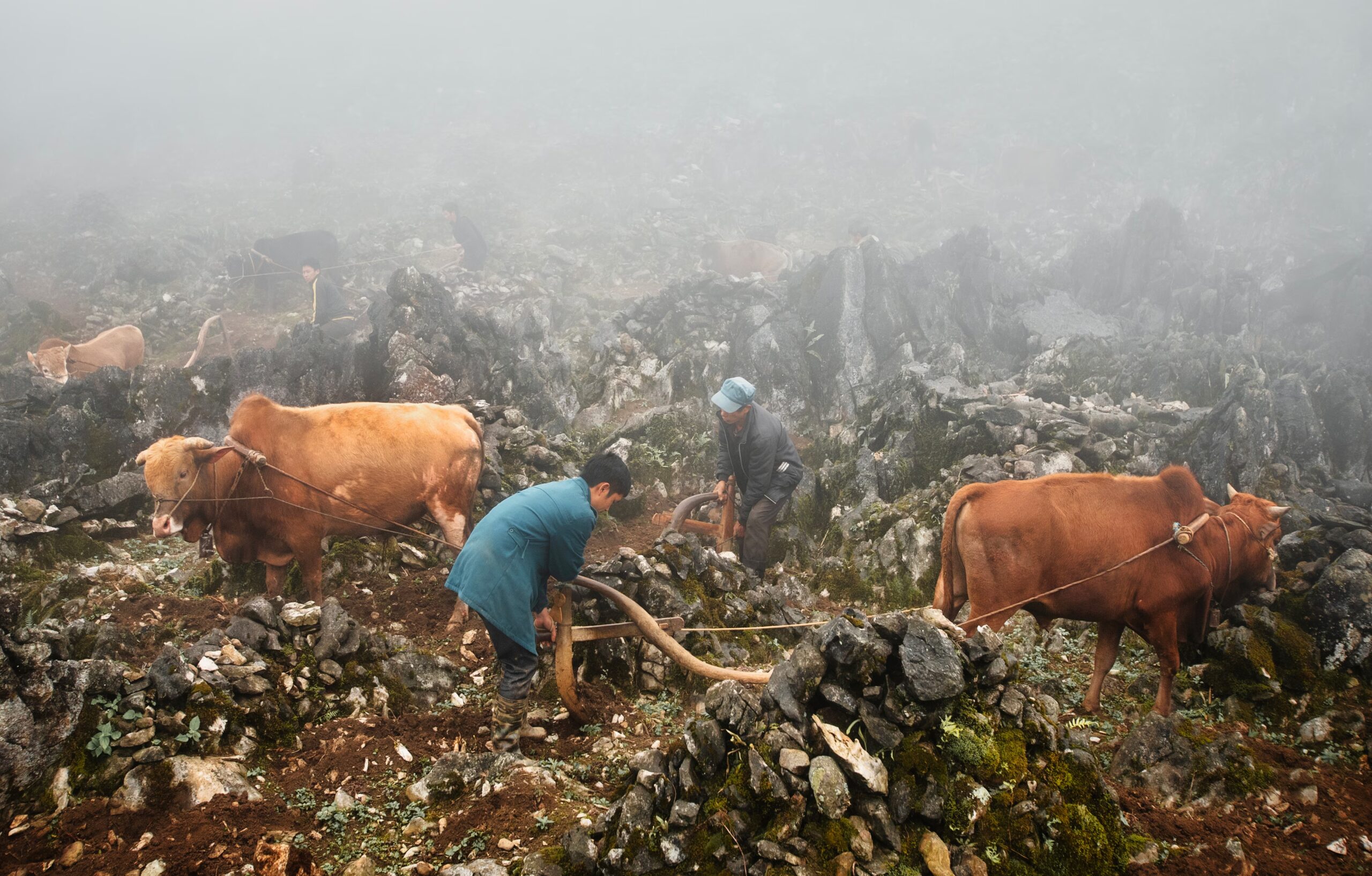 The stone plateau is located in the North of Ha Giang province, spread over 4 districts: Dong Van, Meo Vac, Yen Minh, Quan Ba. This is a limestone mountain area, with few rivers and streams, often lacking domestic water and arable land. To produce agriculture, the people here, mainly Mong people and some groups such as Dao, Lo Lo, Co Lao, Pu Peo... have to take advantage of every rock cavity for cultivation. Accordingly, the unique rock cavity cultivation technique of the people has been formed and maintained through many generations.
The stone plateau is located in the North of Ha Giang province, spread over 4 districts: Dong Van, Meo Vac, Yen Minh, Quan Ba. This is a limestone mountain area, with few rivers and streams, often lacking domestic water and arable land. To produce agriculture, the people here, mainly Mong people and some groups such as Dao, Lo Lo, Co Lao, Pu Peo... have to take advantage of every rock cavity for cultivation. Accordingly, the unique rock cavity cultivation technique of the people has been formed and maintained through many generations.  While the morning mist still covers the village, the Mong people wake up and climb the mountain with their livestock to plow and cultivate.
While the morning mist still covers the village, the Mong people wake up and climb the mountain with their livestock to plow and cultivate. 
 Until now, rock hole cultivation is still the main method in the production activities of the people in the Ha Giang rocky plateau. In rock hole cultivation, people have used agricultural tools suitable for the farming conditions, such as plows, harrows, and butterfly hoes. The plows that support farmers are strong and resilient oxen.
Until now, rock hole cultivation is still the main method in the production activities of the people in the Ha Giang rocky plateau. In rock hole cultivation, people have used agricultural tools suitable for the farming conditions, such as plows, harrows, and butterfly hoes. The plows that support farmers are strong and resilient oxen.  Land preparation usually takes place after Tet. For fields that have been cleared and cultivated for many crops, the first job is to clear the exposed rocks from the previous crop, then rearrange and repair the eroded embankments. After that, people use hoes and knives to clear the grass, dry it and burn it. The ashes are spread evenly over the field surface to serve as fertilizer.
Land preparation usually takes place after Tet. For fields that have been cleared and cultivated for many crops, the first job is to clear the exposed rocks from the previous crop, then rearrange and repair the eroded embankments. After that, people use hoes and knives to clear the grass, dry it and burn it. The ashes are spread evenly over the field surface to serve as fertilizer. 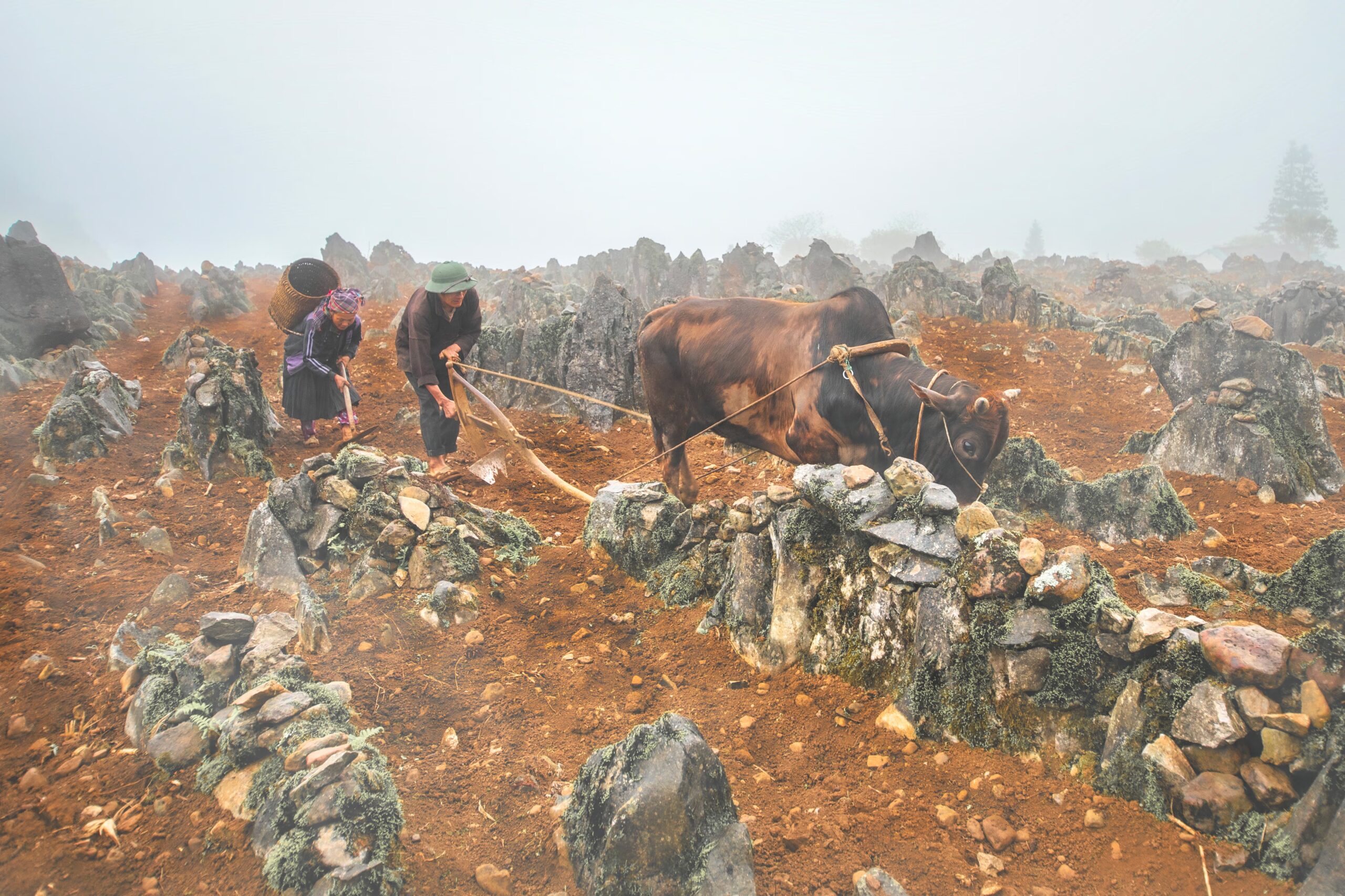 Rock hole cultivation technique - Cultivating on land mixed with rocks, often using rocks stacked around the land to cover, prevent erosion, and wash away the soil. Many natural rock holes are filled with soil by people and become cultivation holes. Thanks to the creation of rock hole cultivation and the technique of growing corn on rocky fields, and the technique of intercropping with crops, the people here have adapted to the special natural conditions to stabilize their lives.
Rock hole cultivation technique - Cultivating on land mixed with rocks, often using rocks stacked around the land to cover, prevent erosion, and wash away the soil. Many natural rock holes are filled with soil by people and become cultivation holes. Thanks to the creation of rock hole cultivation and the technique of growing corn on rocky fields, and the technique of intercropping with crops, the people here have adapted to the special natural conditions to stabilize their lives. 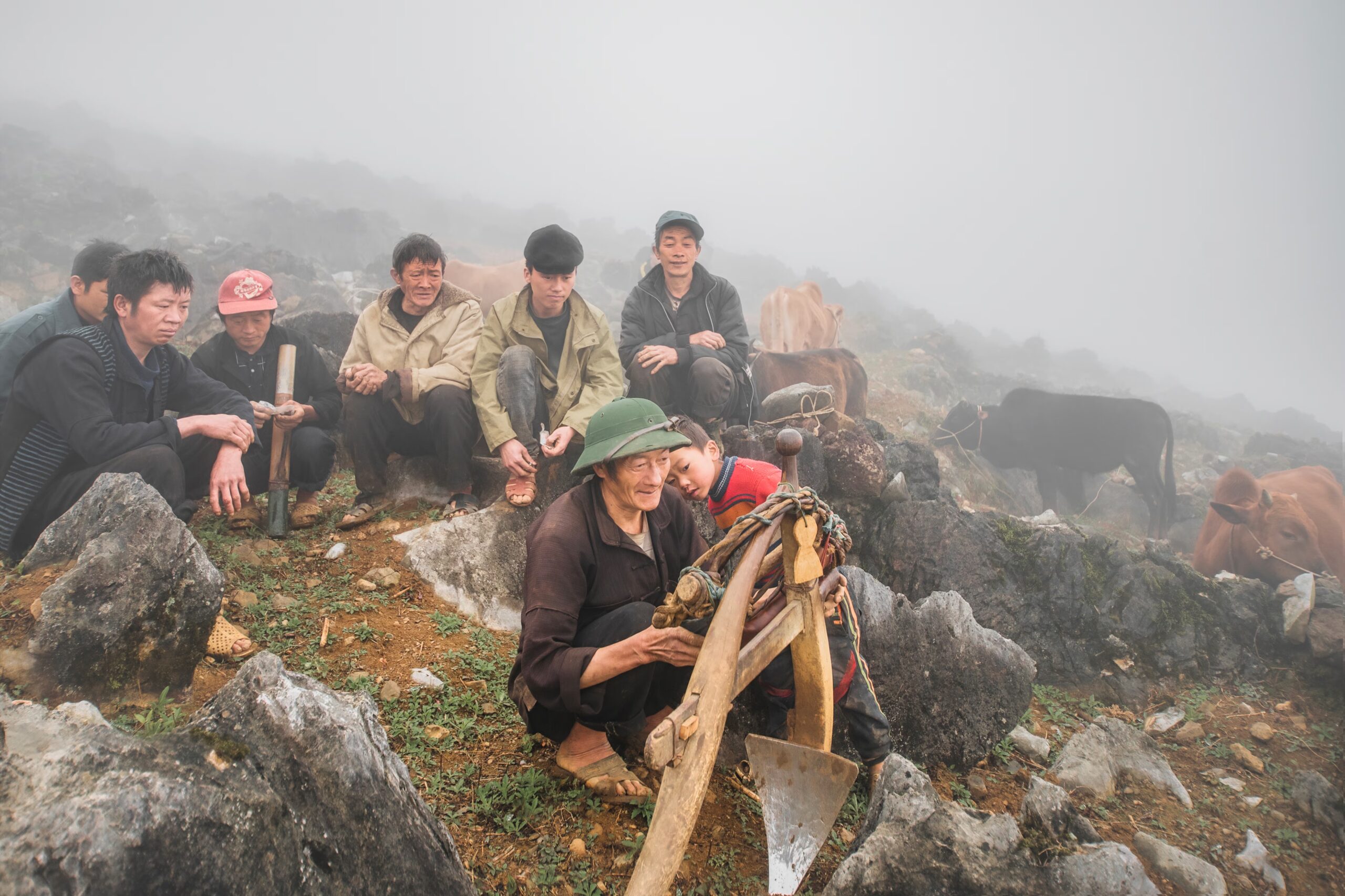 There are two types of harrows: hand harrows and foot harrows. Hand harrows are harrows with horizontal arms for the user to hold and press down when harrowing. Foot harrows are more commonly used, usually rectangular in shape, sturdy in structure, with two rows of teeth, no hand grip, when harrowing, the operator must stand on the harrow.
There are two types of harrows: hand harrows and foot harrows. Hand harrows are harrows with horizontal arms for the user to hold and press down when harrowing. Foot harrows are more commonly used, usually rectangular in shape, sturdy in structure, with two rows of teeth, no hand grip, when harrowing, the operator must stand on the harrow.  The rock-hole cultivation of the Mong and some other ethnic minorities living on the Dong Van stone plateau demonstrates the spirit of creativity, overcoming difficulties and adapting to the harsh living environment of the residents. This production method also contributes to protecting the ecological environment on the stone plateau, helping people stabilize their lives and preserve the borderland at the head of the country.
The rock-hole cultivation of the Mong and some other ethnic minorities living on the Dong Van stone plateau demonstrates the spirit of creativity, overcoming difficulties and adapting to the harsh living environment of the residents. This production method also contributes to protecting the ecological environment on the stone plateau, helping people stabilize their lives and preserve the borderland at the head of the country.Vietnam.vn





![[Photo] Hanoi morning of October 1: Prolonged flooding, people wade to work](https://vphoto.vietnam.vn/thumb/1200x675/vietnam/resource/IMAGE/2025/10/1/189be28938e3493fa26b2938efa2059e)


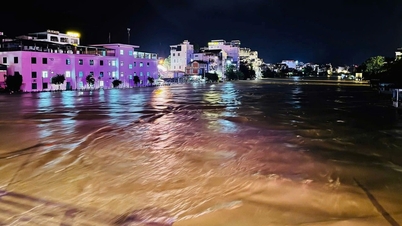






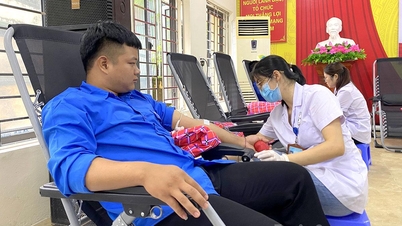




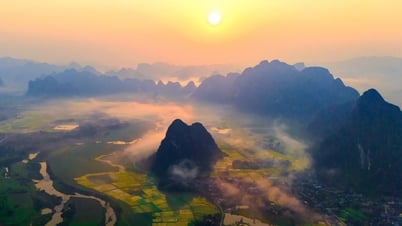
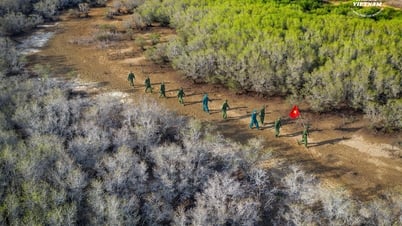











![[Photo] President Luong Cuong receives President of the Cuban National Assembly Esteban Lazo Hernandez](https://vphoto.vietnam.vn/thumb/1200x675/vietnam/resource/IMAGE/2025/9/30/4d38932911c24f6ea1936252bd5427fa)
![[Photo] The 1st Congress of Phu Tho Provincial Party Committee, term 2025-2030](https://vphoto.vietnam.vn/thumb/1200x675/vietnam/resource/IMAGE/2025/9/30/1507da06216649bba8a1ce6251816820)
![[Photo] Panorama of the cable-stayed bridge, the final bottleneck of the Ben Luc-Long Thanh expressway](https://vphoto.vietnam.vn/thumb/1200x675/vietnam/resource/IMAGE/2025/9/30/391fdf21025541d6b2f092e49a17243f)


























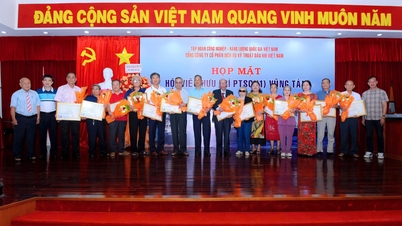


















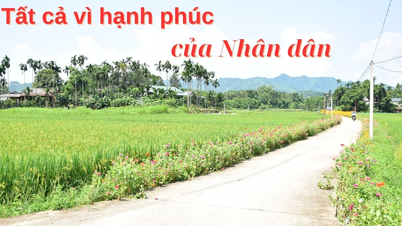

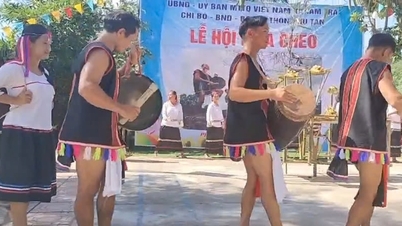

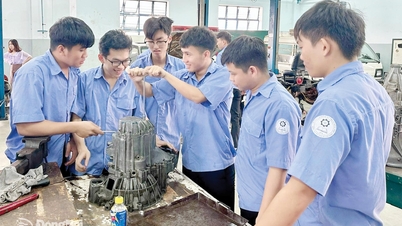



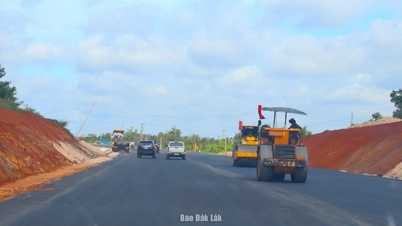













Comment (0)